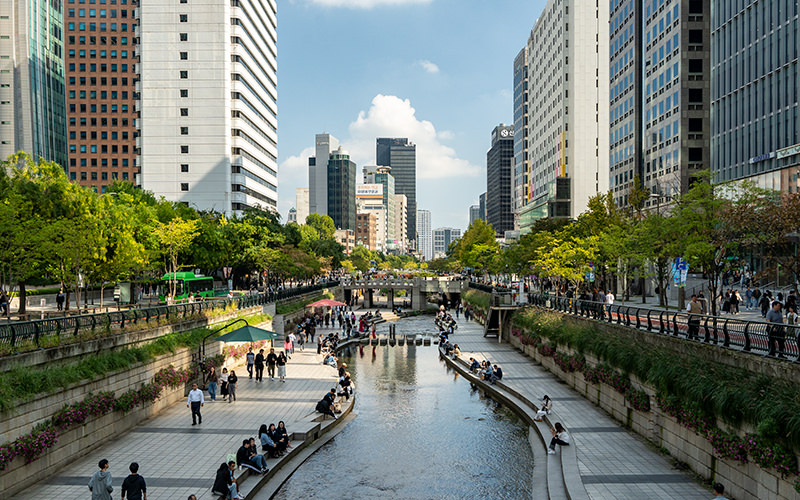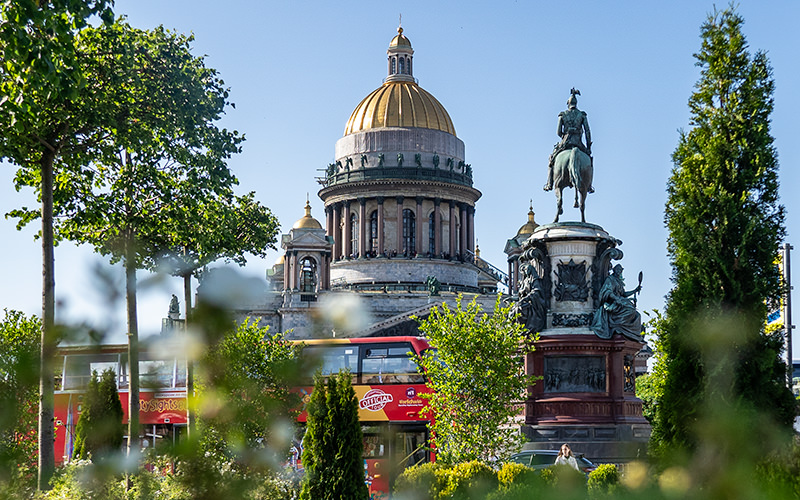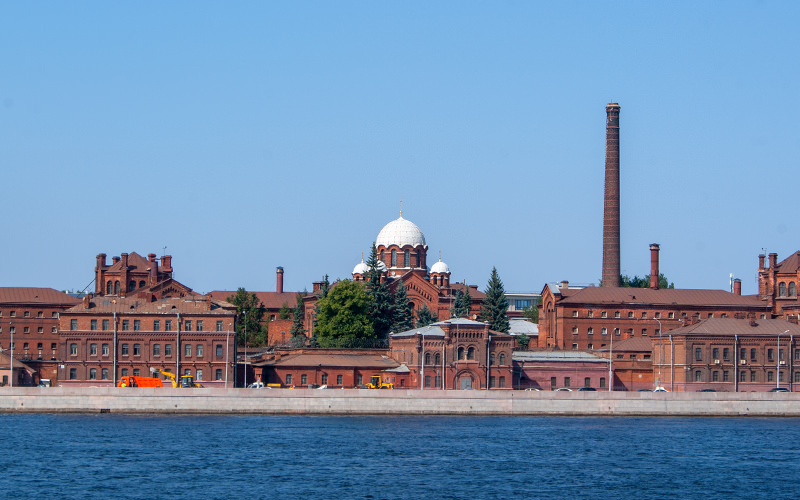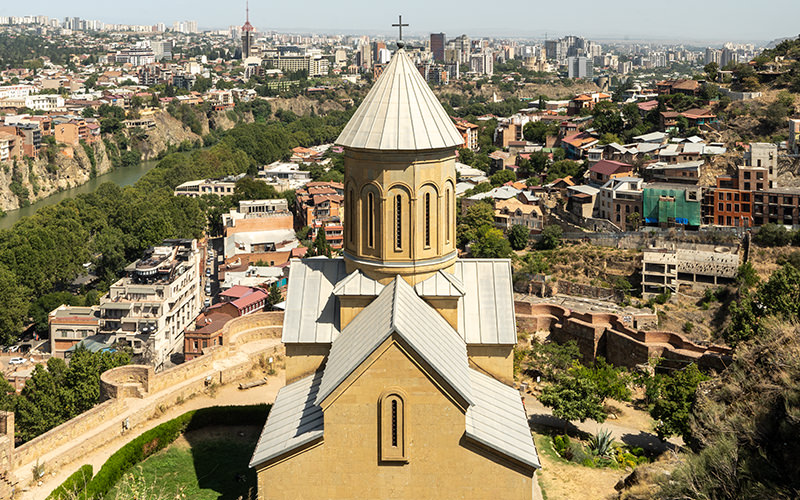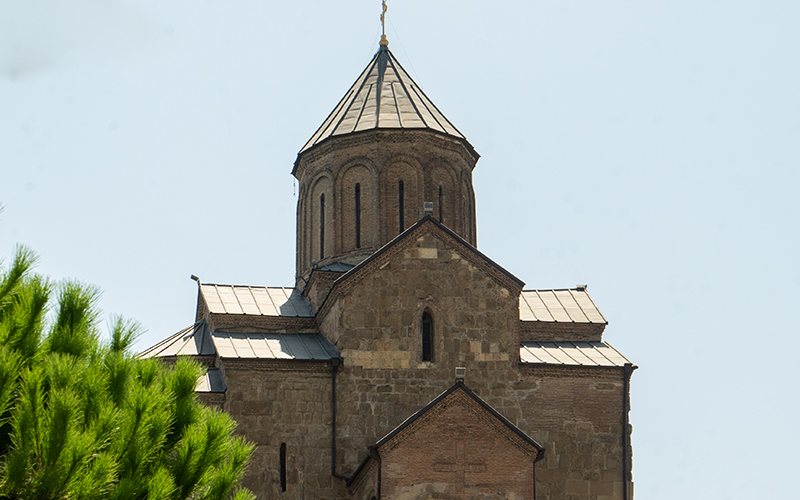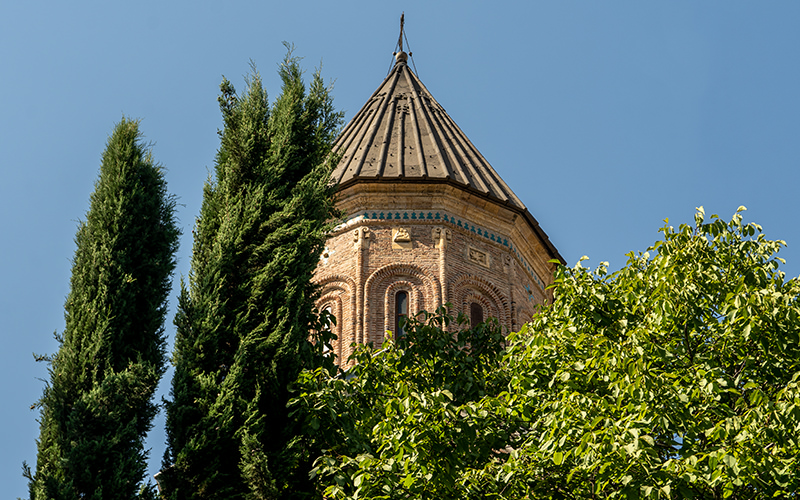After strolling around the Narikala Fortress in Tbilisi, I decided to visit another intriguing attraction — a whole district of bathhouses known as Abanotubani.

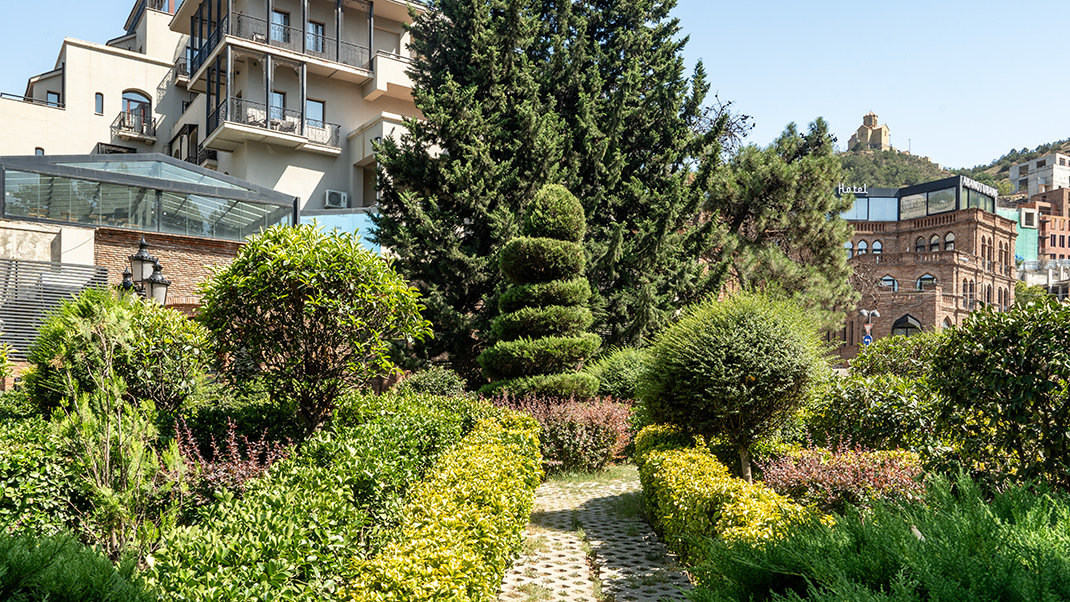

How to Get There by Metro
The bath district is located in the central part of Tbilisi. If you take the metro, you should get off at either Avlabari or Liberty Square stations. The walk from these stations to the bathhouses will take about 15–20 minutes.
Entry to the district is free. It's convenient to combine a visit here with a trip to Narikala Fortress, Rike Park, and the Metekhi Church.
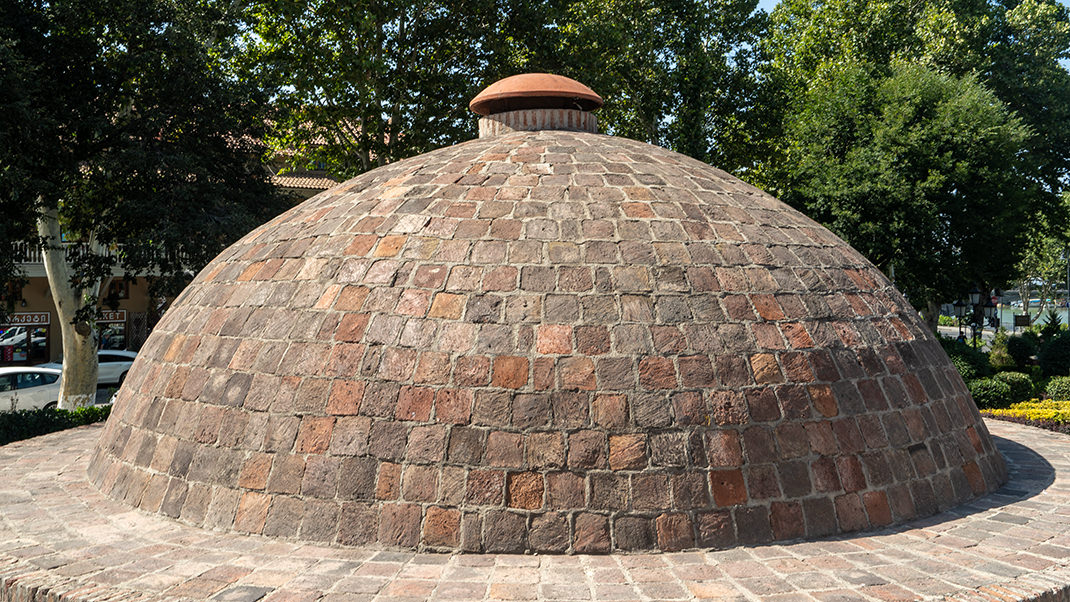
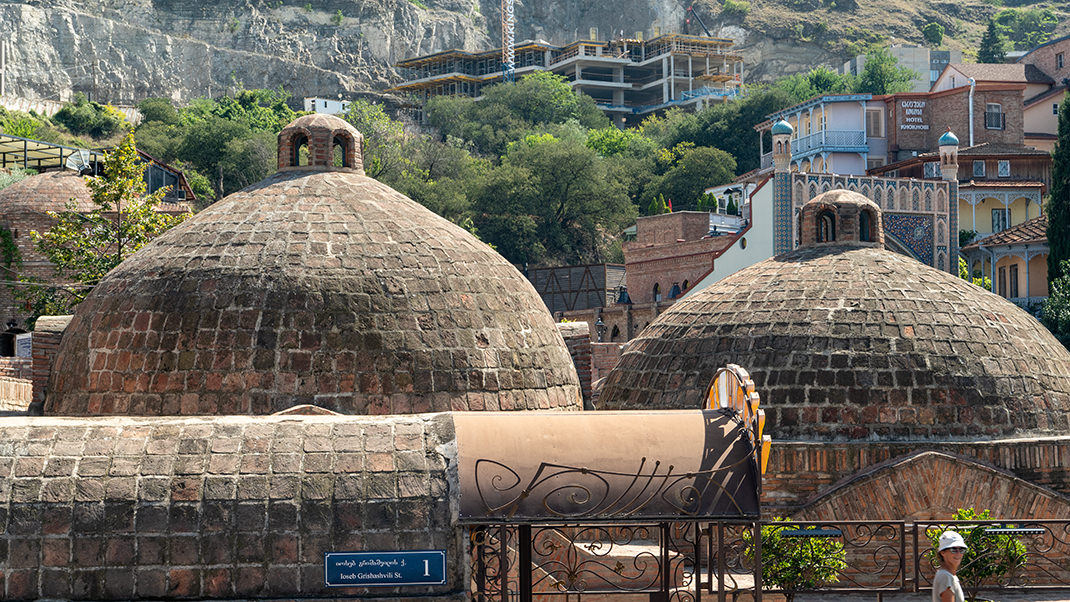

A Bit of History
It's believed that Tbilisi's bath district is closely linked to the city's founding. According to legend, King Vakhtang I Gorgasali once wounded a deer while hunting, and the deer fell into a hot spring and miraculously healed. The king then ordered a city to be built at the site. Later, the Abanotubani district was established around these very hot springs.
I've come across various information about the time when the first Tbilisi baths were constructed. A city guidebook mentions that references to them can be found in the accounts of 10th-century geographers. Other sources state that the first Tbilisi bathhouse, "Chreli Abano" ("Colorful Bath"), was built during the reign of Agha Mohammad Khan in the late 18th century.
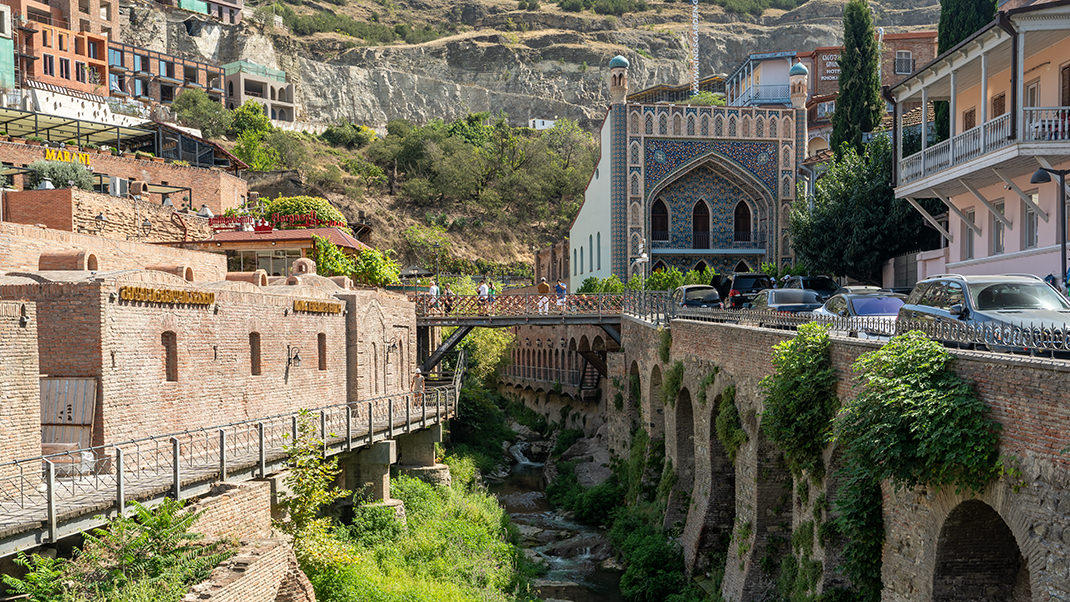
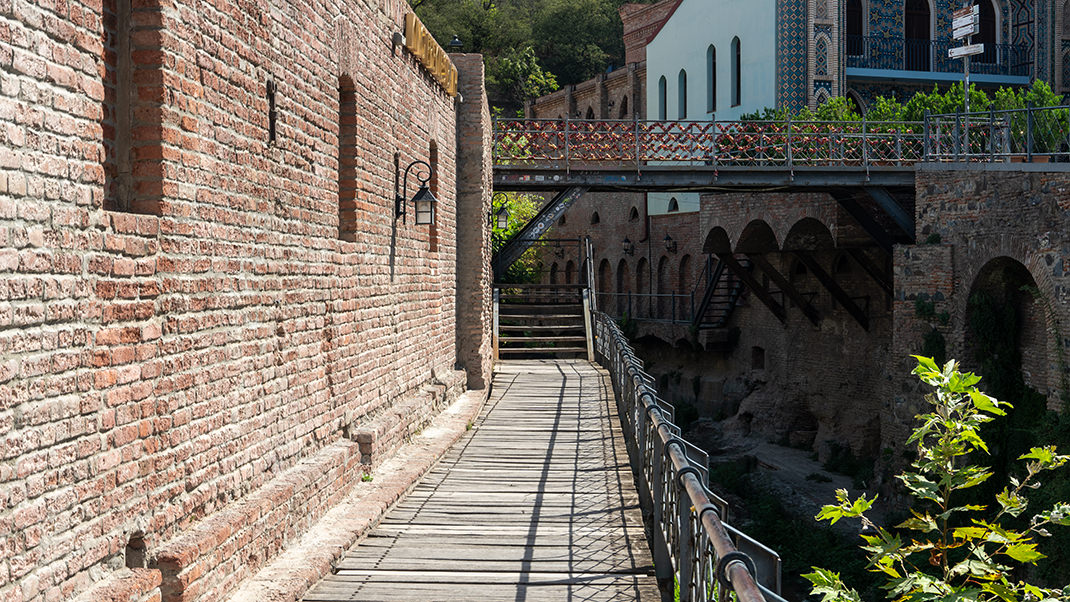
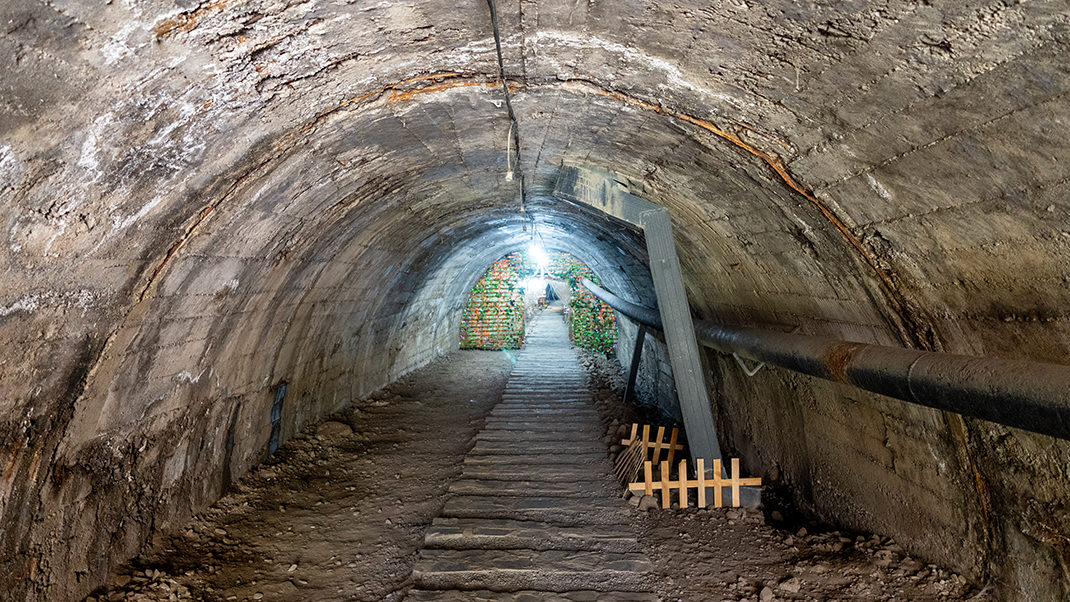
The Abanotubani bath district was visited not only by locals but also by notable guests of Tbilisi. For instance, in 1829, Alexander Sergeyevich Pushkin bathed here. You can find online photos of a plaque with the poet's words about never having seen anything more luxurious than the Tbilisi baths. I did not notice such a plaque during my walk.
Today, the district is home to about 30 bathhouses. Some of these are underground, with the structures appearing as flat platforms with protruding domes from above.


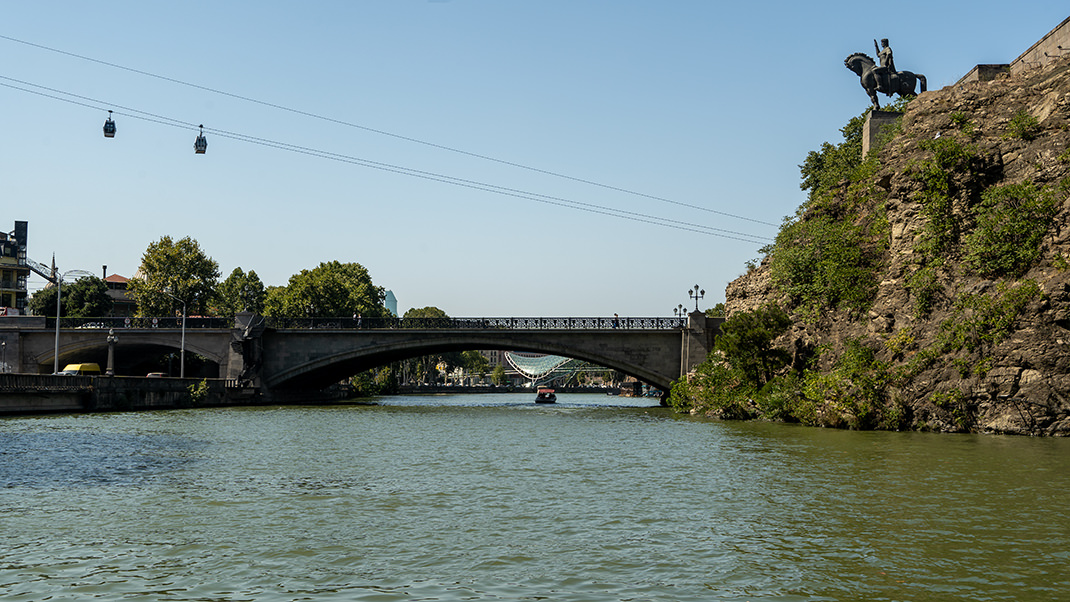
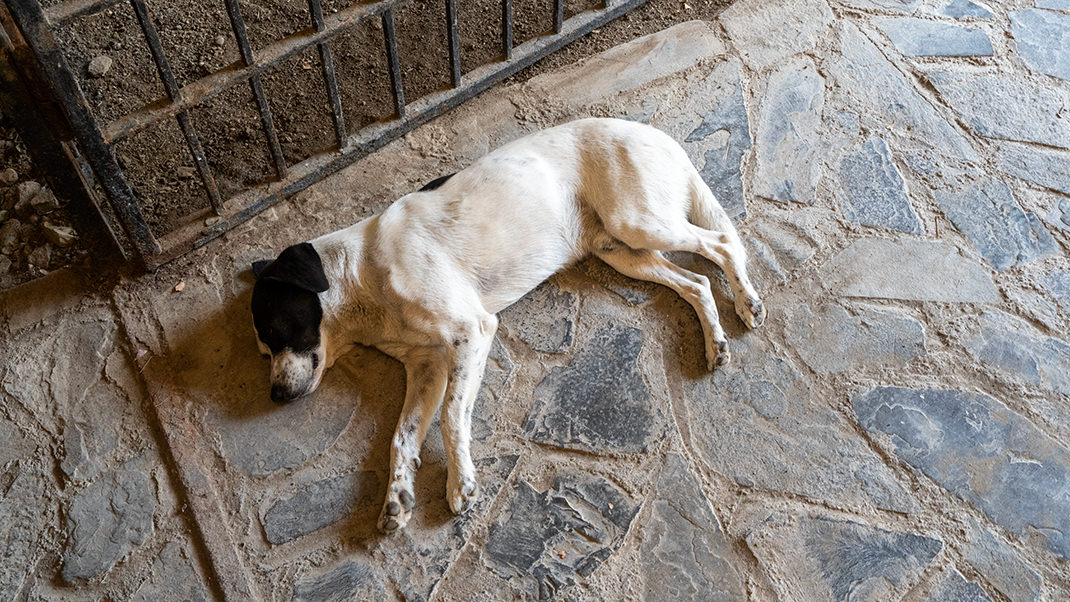
In preparing this material, I often came across mentions of the "Colorful Bath," known for its unusual bright facade in an oriental style. The bathhouse's website states that the cost of a bath room starts at 100 Georgian lari per hour. The most expensive option is the Royal Room, which costs 600 lari per hour.
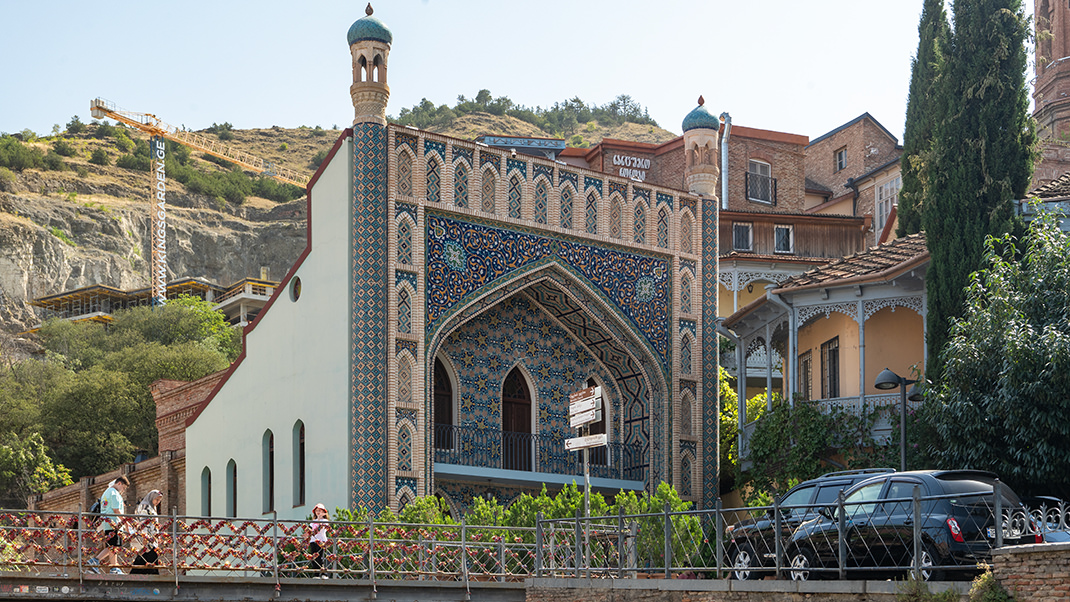
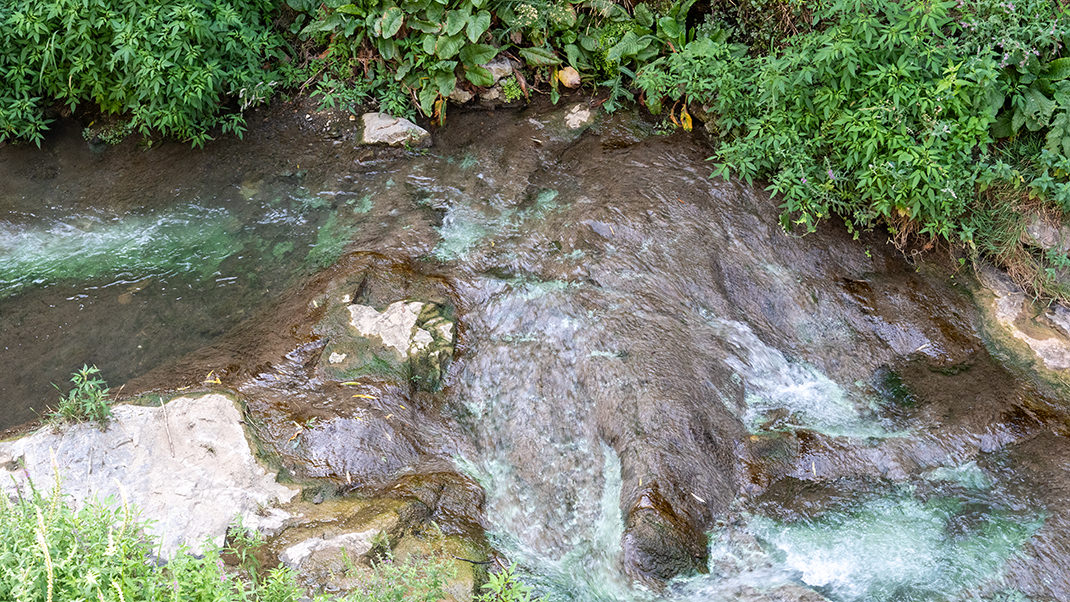

Another interesting feature I found during my walk was an underground tunnel leading from the gorge within the bath district to the Kura River. During my visit, there was a small art exhibition inside the tunnel. A café with a scenic view is located at the tunnel's northern exit.
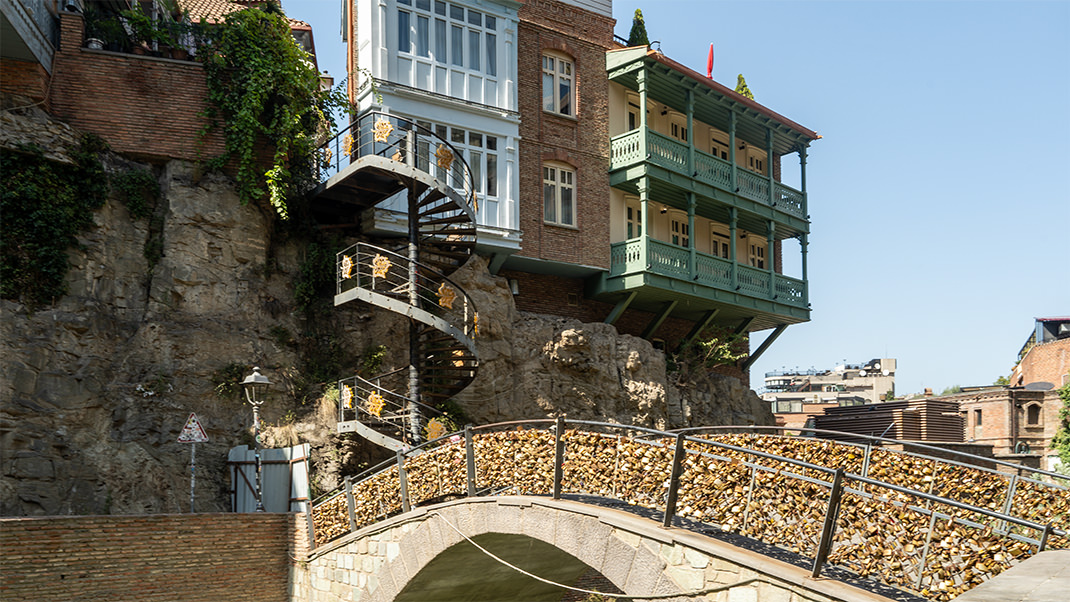
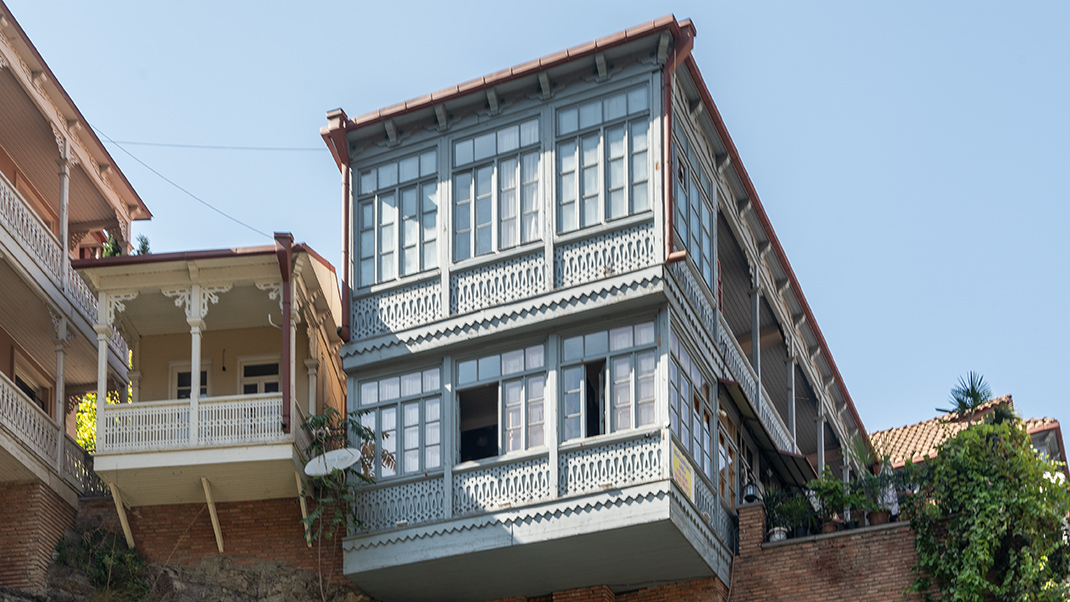
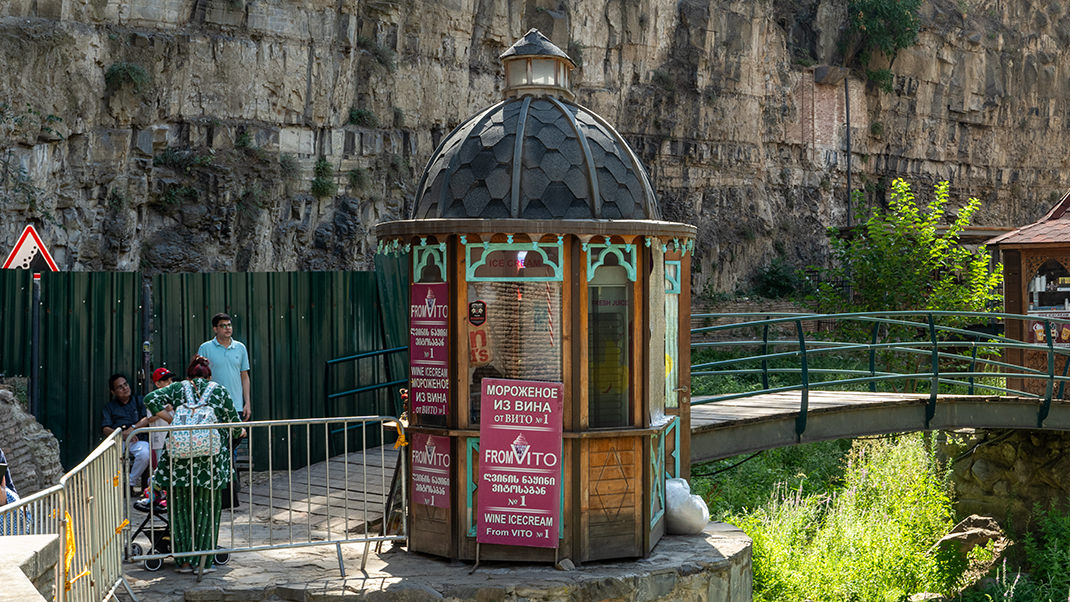
Thank you for your interest in this article. Next time, we'll explore a very unusual building: the Ministry of Highway Construction of the Georgian SSR.
Have a nice trip!


